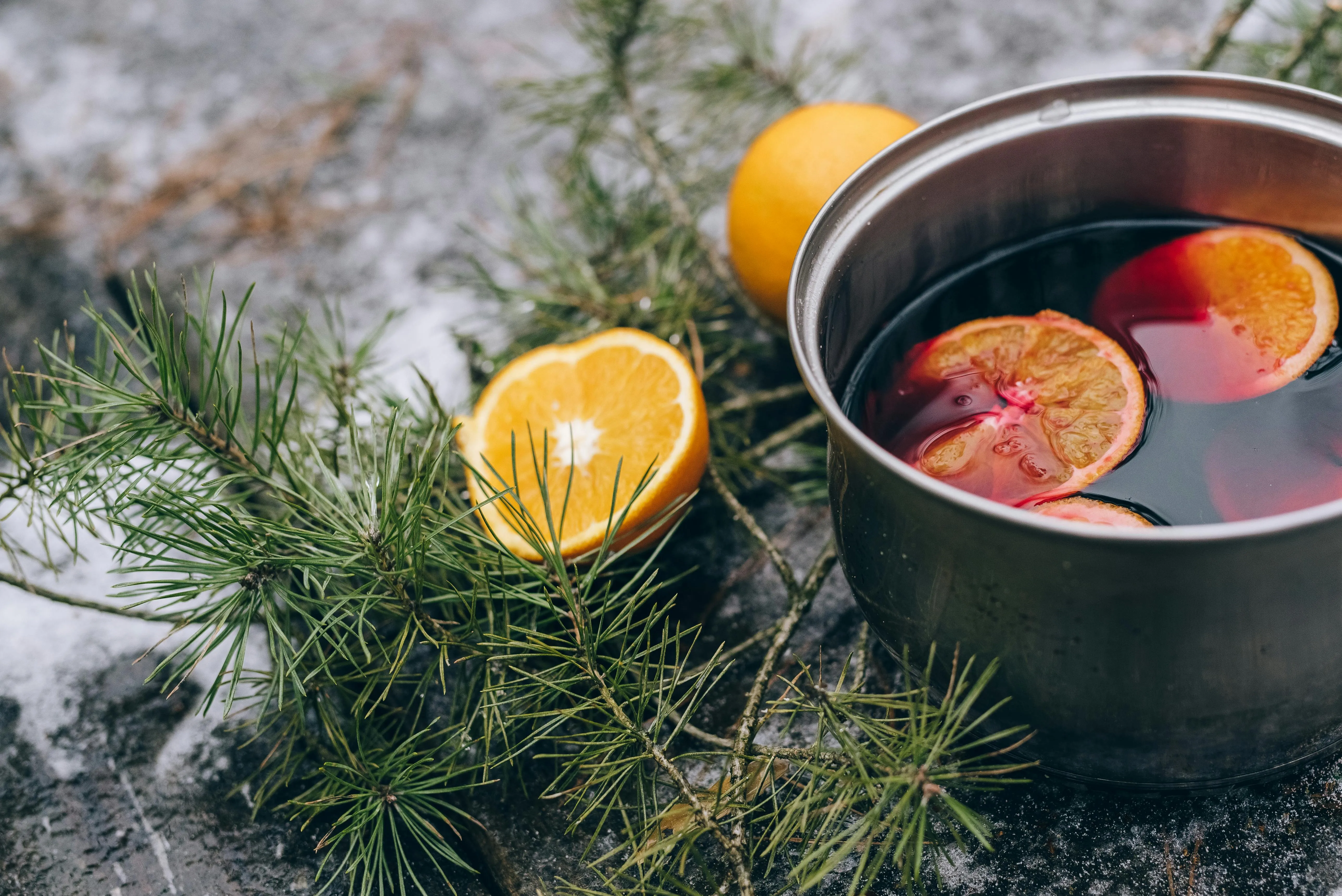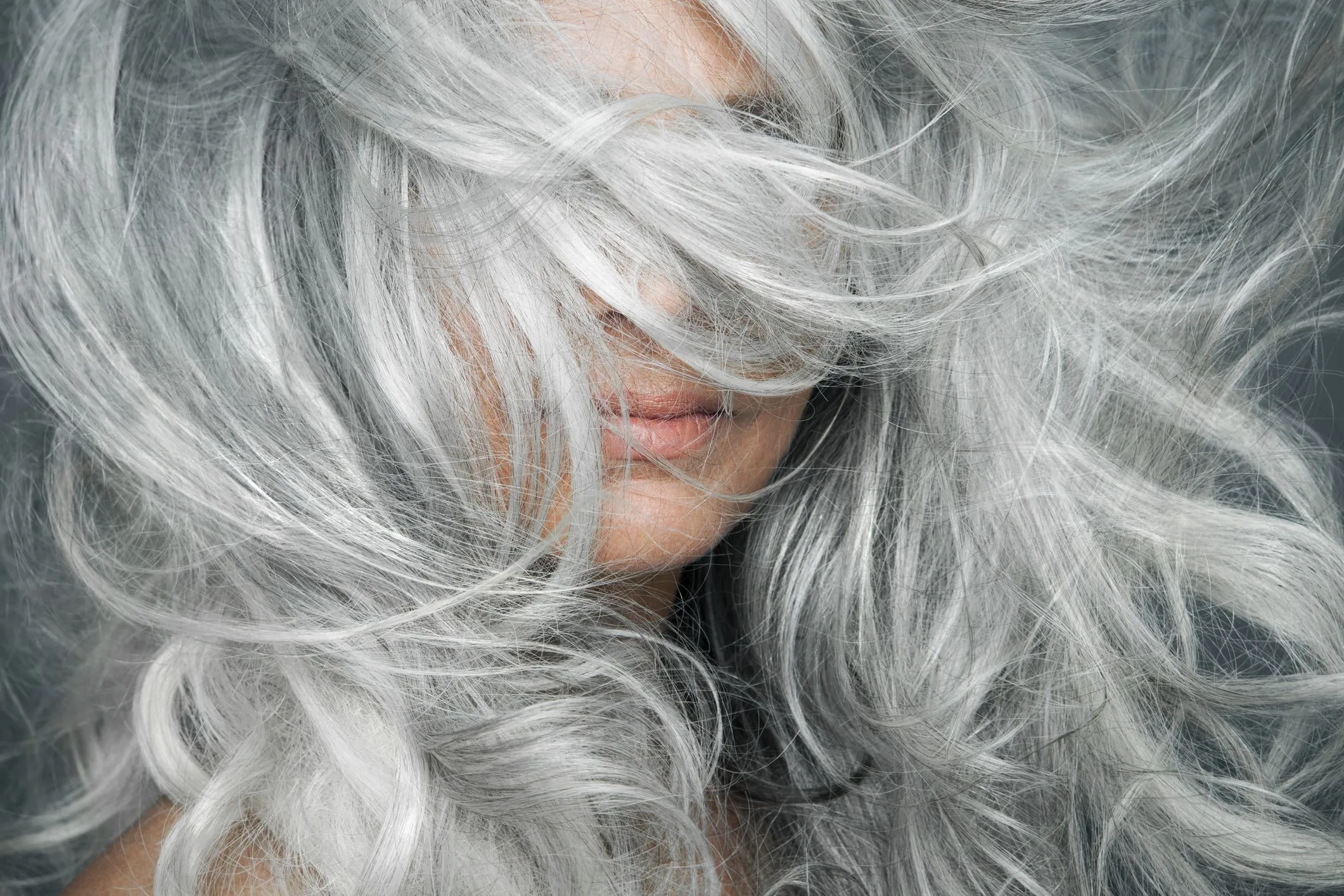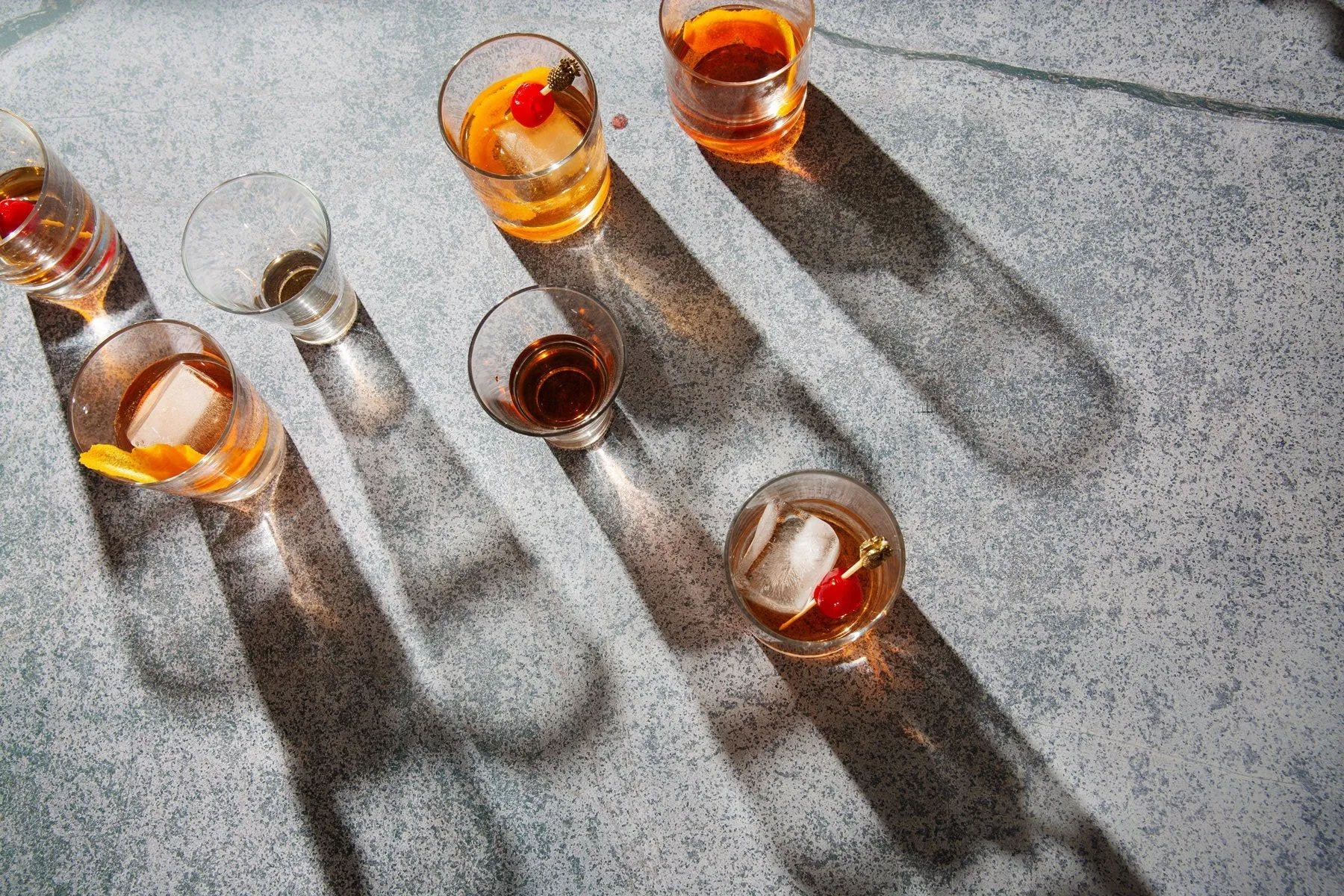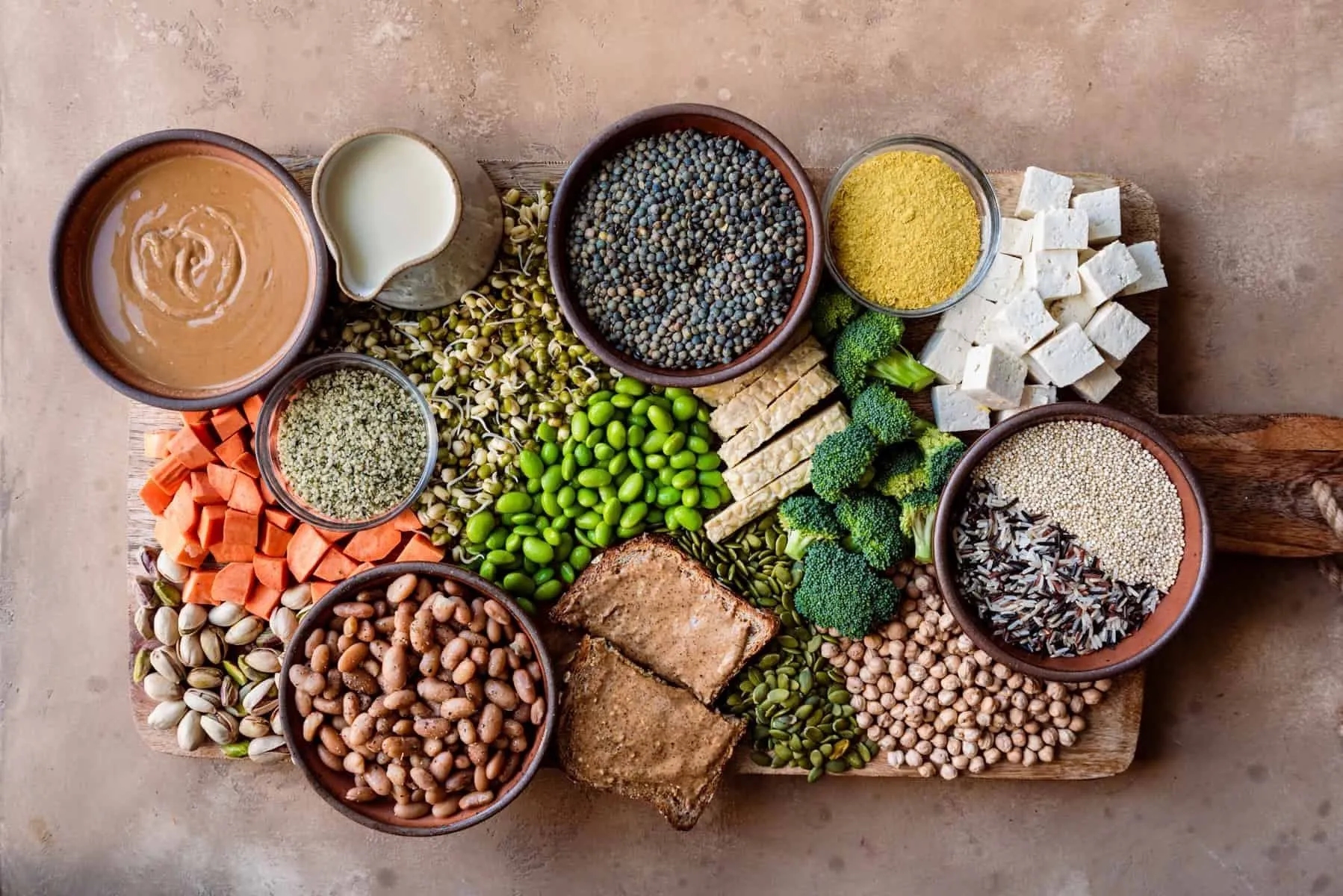
The name Glühender Wein translates from German as "glowing wine." It is the perfect companion for long autumn and winter evenings, enveloping you in warmth and fragrant spices.
As early as 2,000 years ago, ancient Roman culinary records described wine infused with cinnamon, cloves, thyme, coriander, and bay leaves. By the 16th century, European cookbooks were already recommending heating Bordeaux or Claret with honey, cinnamon, cardamom, and even galangal.
To this day, there is no single classic recipe for mulled wine—it remains an open canvas for creativity. However, its essential components are always wine, spices, and fruit. Mulled wine is not meant to be rushed; it is a drink for slow winter evenings, where every ingredient adds a unique note to the overall harmony of flavors.
The preparation starts with ordinary wine, a small amount of water, and an aromatic blend of spices. It is crucial to avoid boiling the wine—the optimal heating temperature is around 70°C (158°F). Its aroma unfolds with cloves, cinnamon, honey or sugar, cardamom with a citrusy-eucalyptus hint, nutmeg, and black peppercorns. Fruits enhance the depth of flavor—traditionally, lemon, orange, or apple are used. For a bolder taste, star anise, spicy ginger, lime, or even bay leaf can be added.
Beyond its warming and relaxing properties, mulled wine is also beneficial for recovery after illness, easing physical and emotional fatigue, and boosting both energy and mood. More than just a drink, it is a small ritual of comfort and indulgence.



